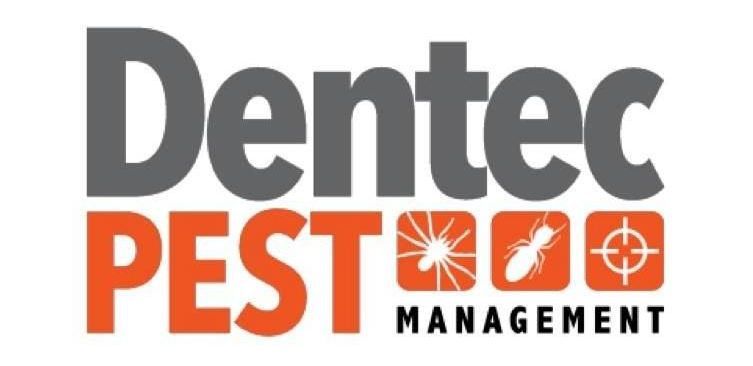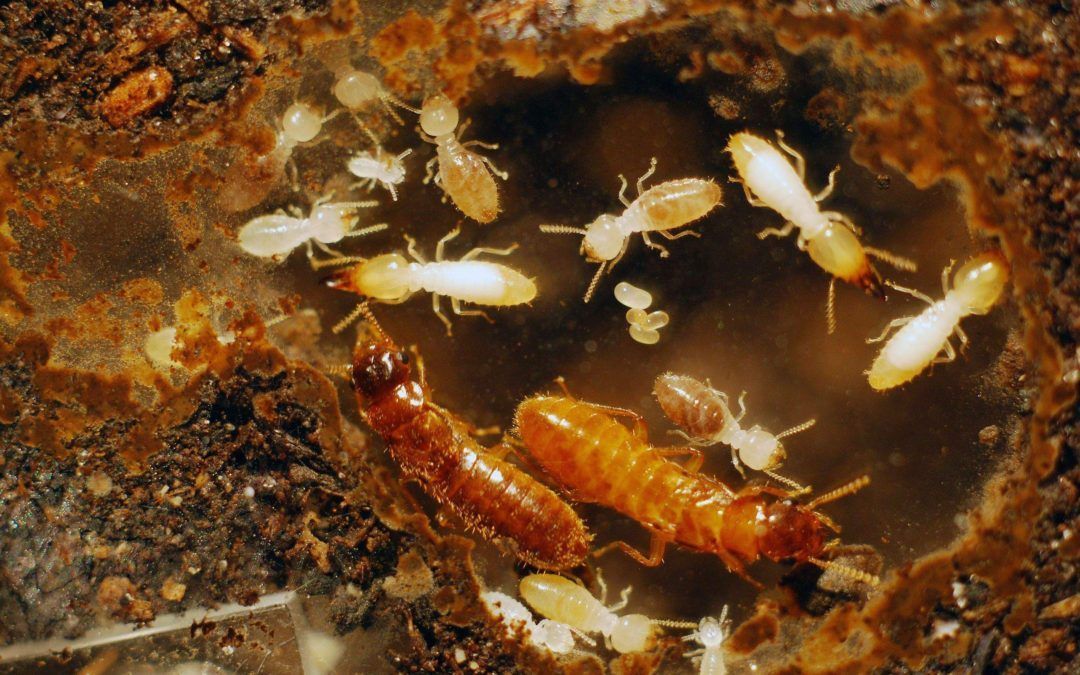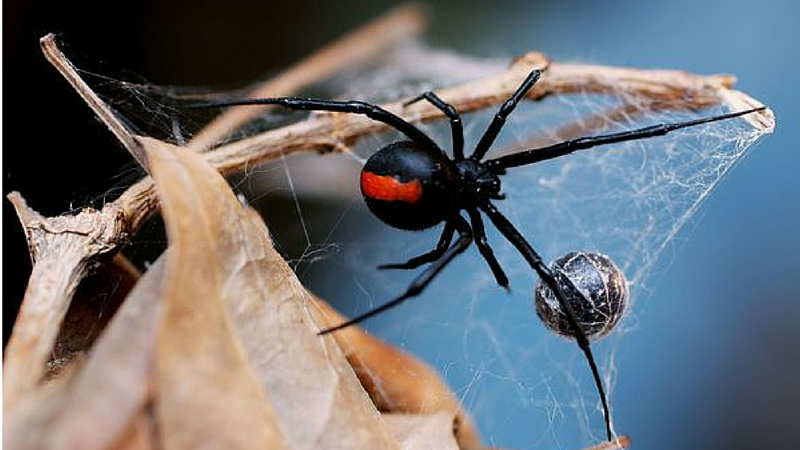How Much Does A Termite Treatment Cost in 2024?

Termite Barrier Treatment Costs — Less than the Cost of Doing Nothing
Whatever the termite barrier treatment cost, the cost of doing nothing can be far more. The challenge is huge, with over forty species of intrusive and destructive termites out of a total of 350 species, colonies sometimes having more than one million insects and a single colony producing several new colonies each year.
You shouldn’t be asking how much does termite treatment cost? Instead, you should be taking action promptly and effectively at a termite prevention treatment cost that is affordable to you but will work. The effectiveness of the treatment is far more important than the termite barrier cost.
Subterranean termites are the most destructive variety but can be the most difficult to detect and treat, while drywood and dampwood species are also a big problem. Termites can live a long time, sometimes up to fifty years for the queen and up to six years for workers, and they can cause irreparable damage to the structure of a home within twelve months. Consequently, the termite prevention costs should not stop you from taking action because doing nothing really isn’t an option.
If you’ve ever wondered ‘ what is the cost of termite treatment?’, no-one can tell you accurately and truthfully. That’s because there are a lot of factors that will affect the total cost.
Signs of a termite infestation are termite mud and discarded wings, holes in wood and a hollow sound when you tap on wood, mud tubes that they move through and even clicking sounds in your walls that indicate the presence of termites. A single colony can comprise over ten million termites and they can inflict huge structural damage to your property; it’s reckoned this amounts to more than $1.5 billion a year for Australian homes. So, you need to take prompt action and that starts with finding out termite treatment costs.
Establishing the Cost of Termite Treatment
Since there are so many factors involved, it’s only possible here to give the average cost of termite treatment. The first thing you’ll need to do is organise an inspection of your property and this can cost $250-500 depending on its size. Once that’s done, the extent and type of treatment can be determined:
- A termite barrier is usually extremely effective and requires a trench to be dug around the property and small holes to be drilled. These are filled with a slow-acting poison that termites take back to the nest, infecting and killing others until the colony is eradicated. This usually costs around $2,000-3,500.
- A baiting system involves baited traps being placed at intervals around the property, using the same type of poison as a termite barrier. The cost of this is $2,500-5,500 plus additional costs to replenish the bait periodically.
- Where only specific areas are affected, these can be injected with foam, dusted or sprayed at a cost of $330-660.
Fumigating your home with a gas such as methyl bromide is also possible but can cost as much as $10,000 due to the need to erect a structure around the property for the process. This method is rarely used, however, since it’s not effective against subterranean termites that are the main threat.
In addition to eradication costs, you may want a pre-purchase pest inspection at a cost of $150-300 before buying a property. Additionally, annual inspections and re-treatments are also advised at a cost of a few hundred dollars.
Resolving Termite Problems and preventing Re-occurrences
Although these costs may seem high, they pale into insignificance when compared with the cost of repairing termite damage. These costs are unlikely to be covered by your home insurance and you also have the inconvenience of possibly having to move out, not to mention the prospect of sharing your home with thousands of ravenous creatures.
At Dentec , we provide effective pest control in Dubbo that we guarantee will work and at a competitive price. Once your home is free of termites, we’ll set out a plan to prevent re-infestations. This will involve annual inspections and re-treatment by us plus advice on preventative measures you can take. By keeping timber structures clear of the soil, fixing leaks to reduce moisture, blocking cracks and removing unwanted wood, you can make your home less attractive and accessible to termites.
What is so Special About Australian Termites?
Special? That’s a word that we wouldn’t use about any kind of termite. What is remarkable about termites in Australia – and not in a good way - is that there are so many different species. Around 300, in fact. This land is just plagued with them.
Every country has its traditional natural problems. In the Caribbean, they spend six months of every year worrying about getting wiped out by a hurricane. In other parts of the world, it’s mosquitoes that are the worst natural enemy, spreading disease in their infuriating way. How nice it must be to live in a place where rats and mice are the main problem – and by the way we’ve got enough of those in Oz. But it’s the termites that are the big anti-heroes here.
With the trend in “civilised” countries towards natural remedies, some people are turning for termiticide treatment to nematodes (microscopic roundworms) or diatomaceous earth (a substance made of fossilised algae), and even good old vinegar, which has so many uses. Unfortunately, termites are everywhere in vast numbers here and such natural attempts to eradicate them are doomed to failure.
The most destructive species of all are Mastotermes, also known as giant termites, which will attack anything woody, from trees and shrubs to buildings.
More subtle and hard to detect is Cryptotermes (the West Indian dry wood termite) which can go about their business so quietly that the first sign of trouble is when a targeted building collapses.
There are species that particularly like damp wood and others that favour the kind of decking that has become so popular here in recent years.
Most make their nests underground, but some build them on fence posts, which make them at least a little more noticeable to the untrained eye.
All the species, though, have the same bottom line: they eat wood and are insatiable in their appetite for it.



